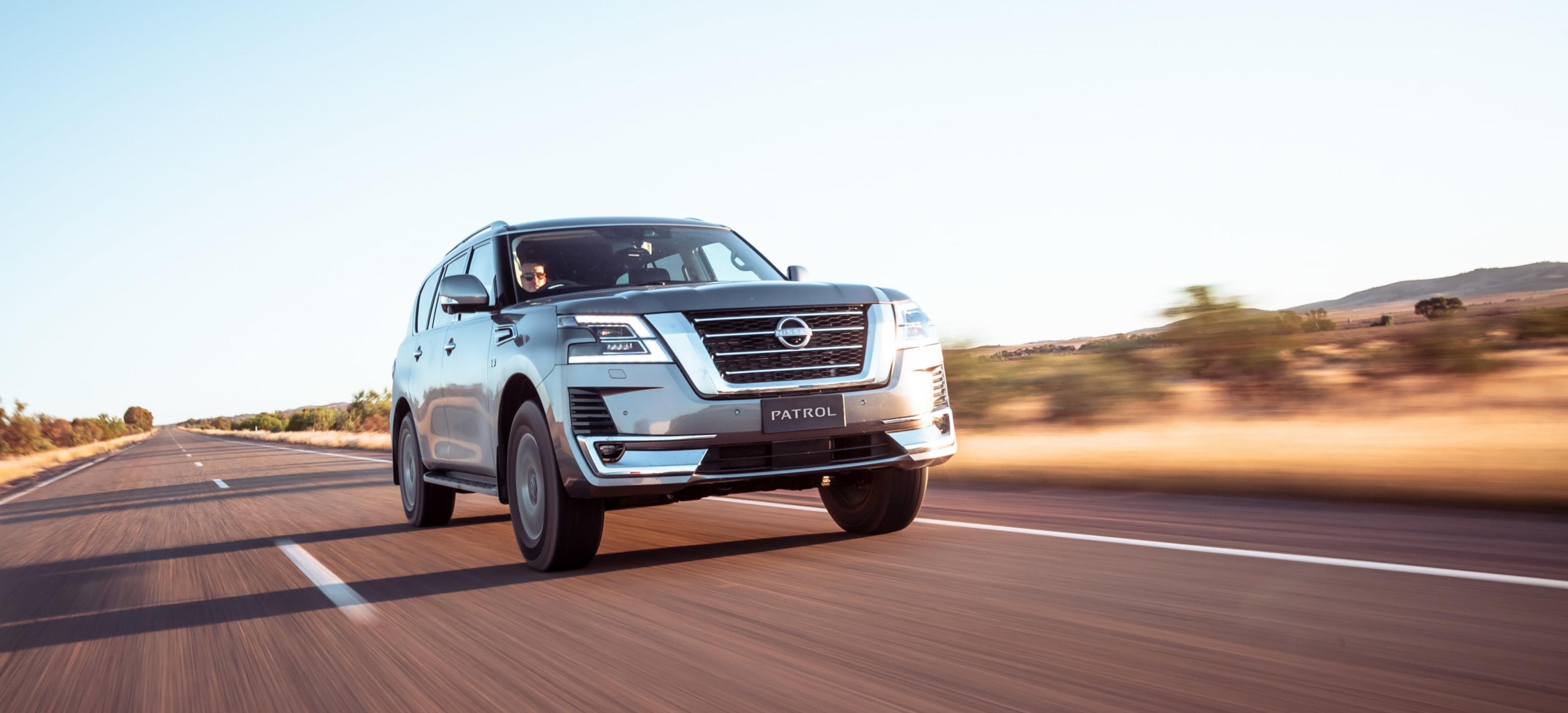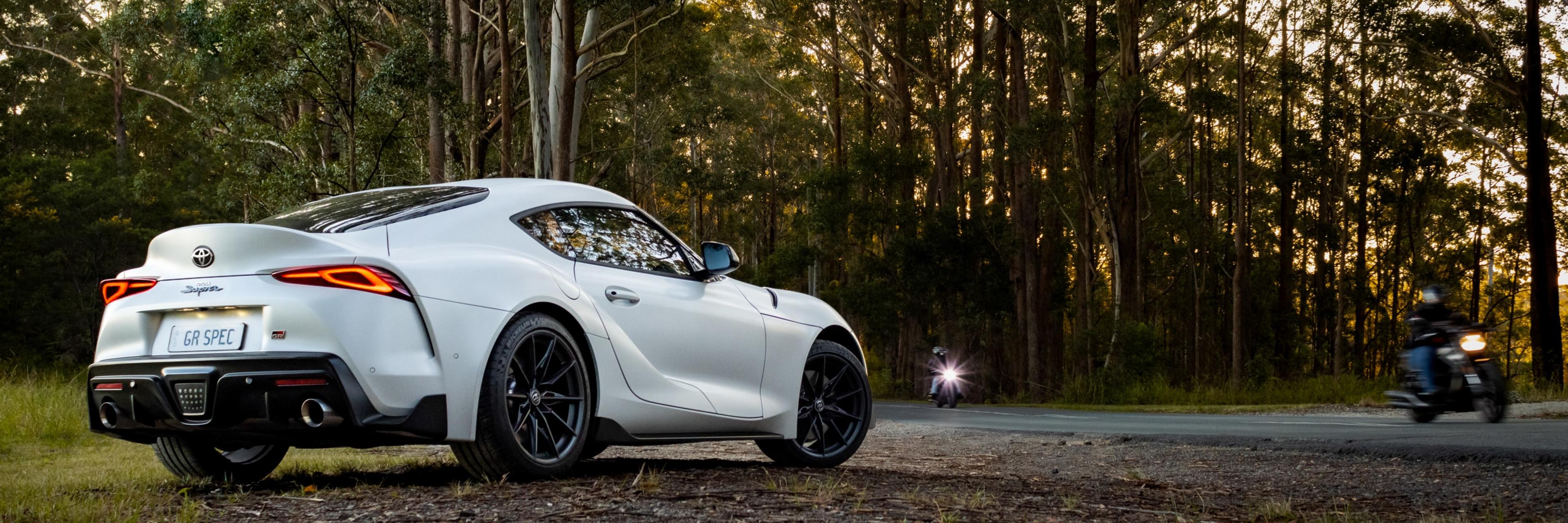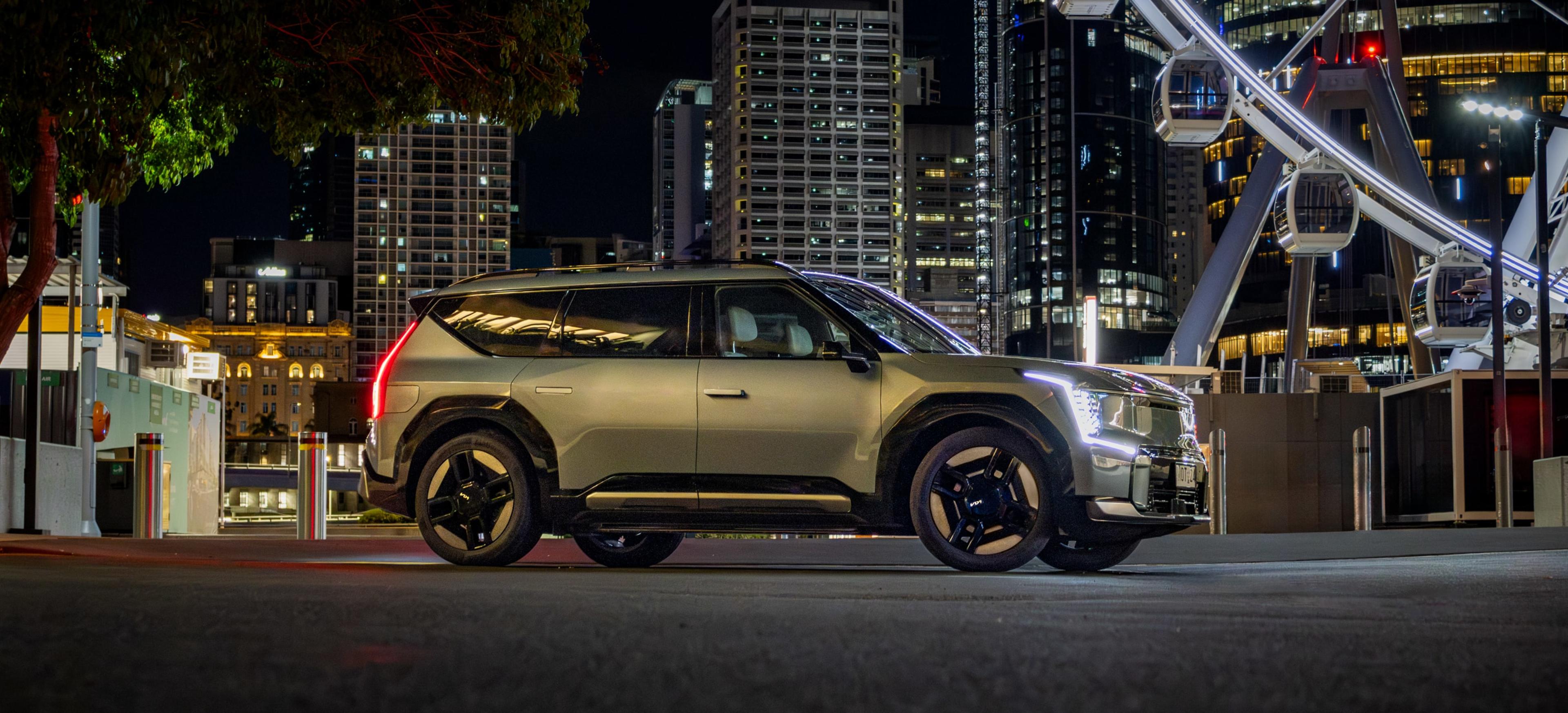
Luxury Car Tax Explained
Posted in Buyer Advice
Luxury Car Tax Explained
While Australia has always paid various taxes on new cars, they have generally been applied across entire brands or cars from a specific region with which Australia has had trade agreements.
Introduced in 2000 on the back of the GST, the Luxury Car Tax has found its way onto the receipt of countless customers who bought a car worth more than a certain amount.
The Basics
The Luxury Car Tax (LCT) is paid by dealerships for importing and supplying cars over a certain value. LCT is (currently) a 33% tax on the amount over a specified car price and was introduced to discourage customers from flocking to imported cars.
At the time it replaced the complicated Wholesale Sales Tax, which levied as much as 45% on imported cars (among other things.) It was streamlined to make it easier for consumers to know exactly what they were being charged, while still charging imported luxury cars.
The problem is, in the years since the LCT was introduced, car buyers demand more from their cars and thanks to increased buying power, Australians want to buy bigger, better cars. For example, SUVs have become the best selling models for many brands while luxury brands that were previously only available to the rich and famous, have become more accessible.
The main criticism is that the tax covers cars that are decidedly not ‘luxury’ in the traditional sense, especially now that there are no cars built in Australia.
For example, while there is no-doubt the Toyota Landcruiser 200 series or Nissan Patrol wagons are well equipped, even entry-level models will attract the tax. Meanwhile, an entry-level hatchback from brands, known for their traditional brand status, like Mercedes Benz, Audi or BMW avoid the tax completely.
They may be different cars for different purposes, but only one is marketed by brands known for 'luxury' cars.

How It Works
For the 2023-24 financial year the Luxury Car Tax threshold has been increased to $89,332 for fuel efficient vehicles and $76,950 for all other vehicles.
Anything over these amounts will attract the tax, including accessories and any customisation applied before delivery, including GST, but excluding government charges such as stamp duty and registration.
The basic equation for calculating the LCT amount on a car is:
(Purchase Price inc. GST – LCT Threshold) * 10÷11 * 33÷100
For example, let’s say that you buy a car that costs $100,000 including GST.
| (Price – Threshold) x GST x LCT | ($100,000 – $76,950) x 10/11 x 33/100 |
| Over Threshold Amount x GST x LCT | $23,050 x 10÷11 x 33÷100 |
| Over Threshold Amount exc. GST x LCT | $20,954.55 x 33÷100 |
| Applicable LCT | $6,915.00 |
The tax is applied by the ATO to any imported, new passenger car or dealer demonstrator up to 2 years old.
Is the LCT Applied to All Cars?
Commercial vehicles designed to carry goods rather than passengers are exempt from the tax, which can spare some high end utes. The exemption is based on the vehicles payload over the passenger carrying capacity.
For example - if you're looking purely at the price - if you decided to add $10,000 worth of accessories and options onto a top-of-the-range ute, you will push over the threshold as the sale. But because a ute usually has a payload capacity around 1-ton (1000kg) and will carry 340kg in passenger/interior load – based on the Australian Design Rules testing of 68kg per seat – the taxman classifies it as a dual-purpose commercial vehicle.
Trucks or vans that can carry over two tonnes, along with motorhomes and campervans, emergency vehicles and GST-Free vehicles specifically fitted out for transporting passengers with a disability are always exempt from the tax. As above, vehicles that are classified to have a dual-purpose commercial use will be exempt.

Can I Avoid It?
No, not unless you have an exemption. Manufacturers have rallied against the tax, claiming it’s unfair to lump people buying something like a new Nissan Patrol in the same category as people buying a premium Italian supercar.
Buying a car for your business? If you work in the primary industries, you can claim a reduction of 8% on the tax, up to $3000 on one four-wheel or all-wheel drive vehicle, and on every eligible four-wheel or all-wheel drive vehicle if you are registered as a tourism operator. Outside of these industries, you still pay the full tax on vehicles not classified as commercial, over the specified threshold in a given financial year.
What Can I Do?
Other than buying cars under the threshold, you can’t really avoid it until the government chooses to abolish or restructure the tax. Being mindful of accessories and features you add to your car before delivery can lower your bill when you get to your invoice.
Our helpful retail and fleet staff can help you understand more about the tax and how it applies when it comes to purchasing a new car, including any exemptions and reductions for business vehicles.
With many new car brands to choose from and a huge range of pre-owned cars, we’re sure that you can find your next car at Motorama.


